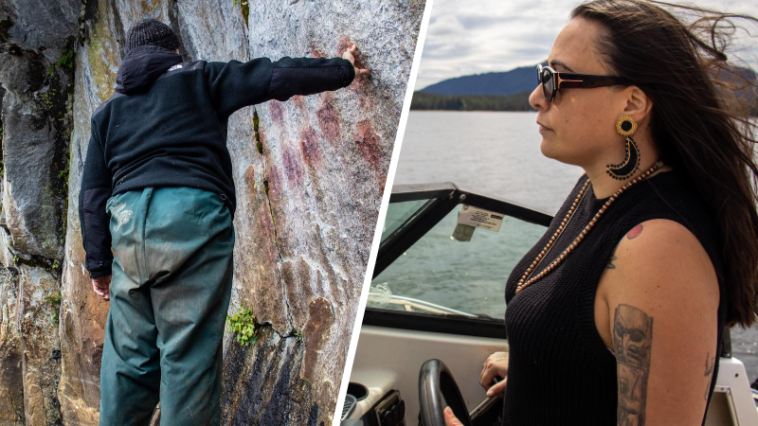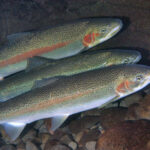The Great Bear Rainforest is one of the most unique ecosystems on the planet. And thanks to the skills, knowledge, and leadership of local First Nations, and new policy, it is poised to stay that way for generations to come.
“First Nations have been resourceful, responsible managers of our forests for thousands of years.”
Dallas Smith, Tlowitsis Nation leader and president of the Nanwakolas
A new policy will put in place stronger protections for Indigenous cultural heritage sites, Kermode (Spirit) bears and black bears, salmon watersheds, and millions of hectares of old-growth forests while strengthening the First Nations’ role in co-management.
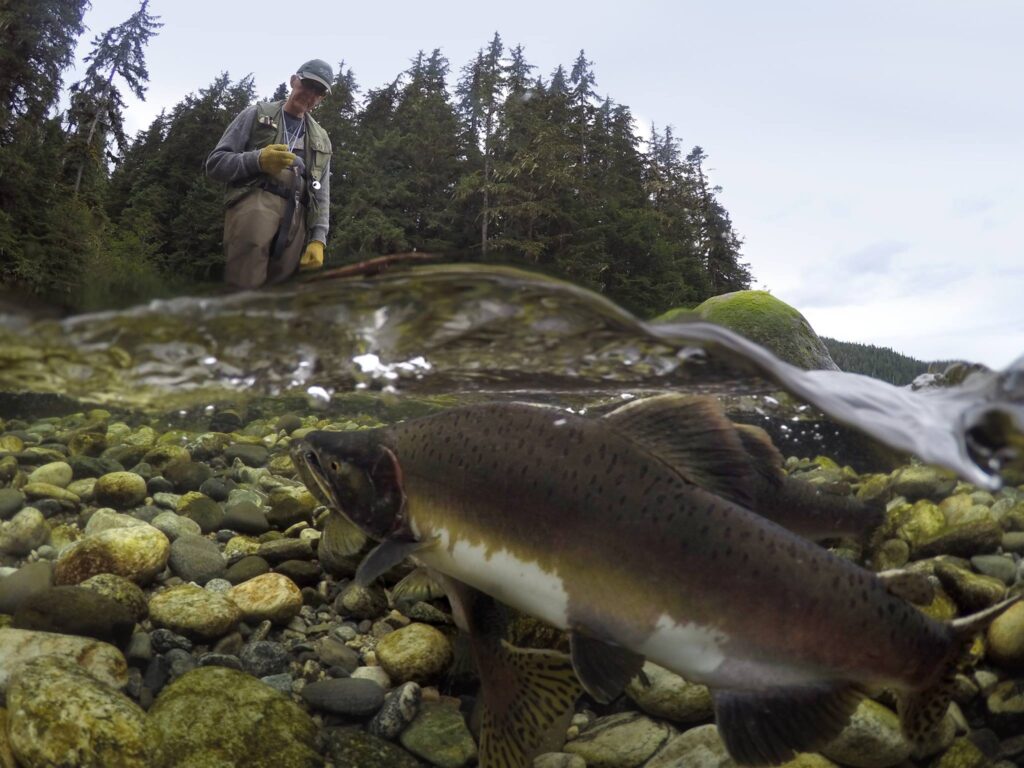
“First Nations have been resourceful, responsible managers of our forests for thousands of years,” said Tlowitsis Nation leader and president of the Nanwakolas Council Dallas Smith, in a Canadian Forest Industries story. “It is gratifying to work with a government that recognizes that and is working with us to return our forests to those Indigenous-led, sustainable management systems.”
The Great Bear Rainforest is a 6.4 million hectare temperate rainforest along BC’s north and central coast. Canadian Forest Industries describes it as “one of the world’s most treasured and diverse coastal temperate forest ecosystems.” But its landscape has been threatened by logging and other industrial activities for many years.

The latest protections are part of a pre-existing agreement between the BC government and 11 of the 26 Nations with territory in the Great Bear Rainforest, represented within the Coastal First Nations and Nanwakolas Council.
Wildlife & Cultural Protection

Protections are getting stronger in several ways. An estimated 1.5 million hectares of designated areas have enhanced protections, with a new 1.6 million hectares covered for conservation.
Measures have been taken to defend key watersheds essential for Pacific salmon populations that are increasingly under threat. Wetlands, rivers, lakes, and streams are all to be safeguarded from logging activities to ensure fish and wildlife survival.
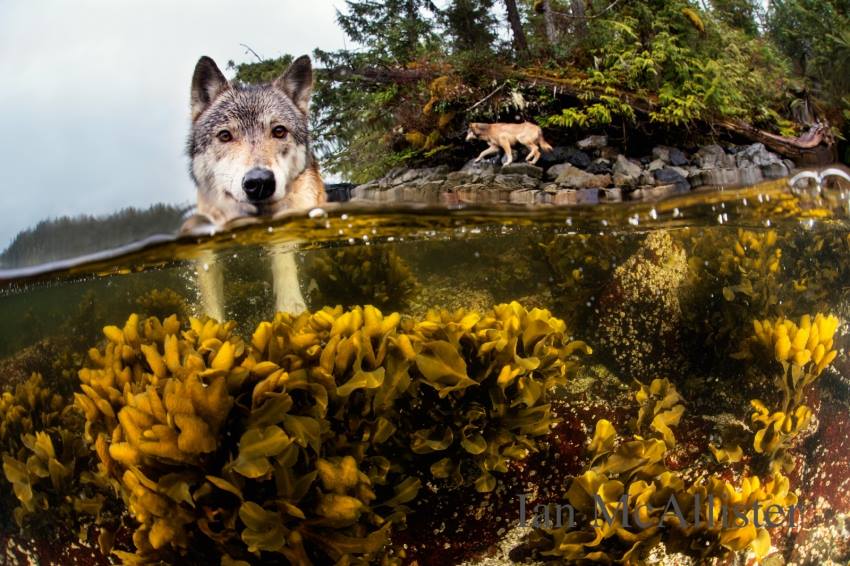
Forestry companies must now protect and participate in mapping grizzly, black, and Kermode bear habitats within the Great Bear Rainforest.
Cultural protection is essential to the new policy, with Indigenous heritage sites and rights to ceremonial old-growth trees being enshrined for their communities.
“Now it’s hardwired [in the land use order] for First Nations to determine the protections of dens or cultural cedar trees,” Dallas Smith told the National Observer.
Having a Say in the Logging Industry
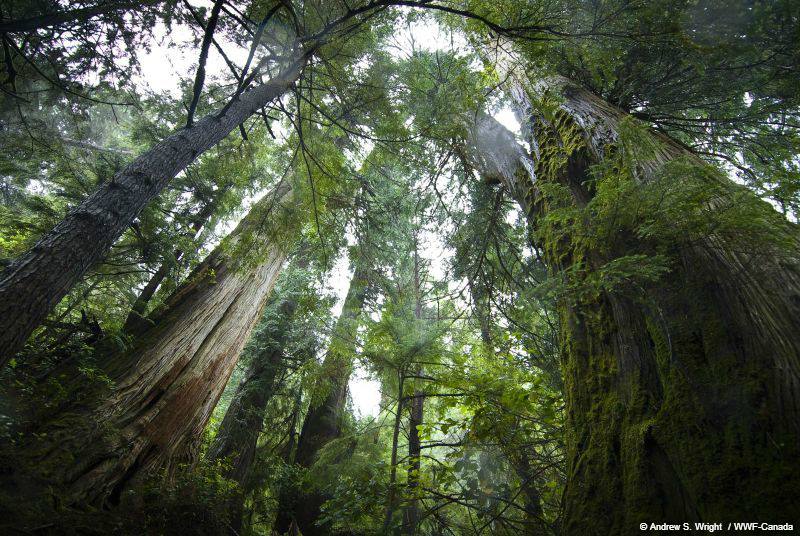
Part of this agreement ensures logging can continue but with specific mandates for more First Nations input and more sustainable practices.
Logging is still permitted on 550,000 hectares of forest, which means 2.5 million cubic metres of timber annually until the next review in 2027.
These logging stipulations are part of the BC government’s new regional forest landscape planning for “co-developing new local plans with First Nations to better care for BC’s forests.” This includes a new program fund of $25 million for consultations with 50 Indigenous communities on developing old-growth forests.
Community-Driven Wins
“We have built plans from communities outward; we have not been distracted. Our accountability is to each other.”
Dallas Smith, Tlowitsis Nation leader and president of the Nanwakolas
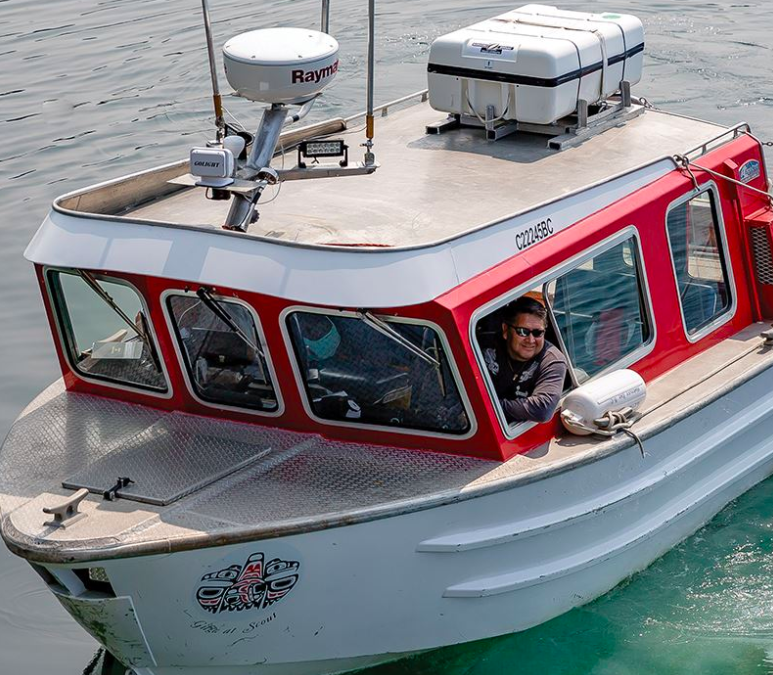
This new announcement comes on the heels of an unprecedented agreement between First Nations and the BC and federal governments to establish a network of marine protected areas in the Great Bear Sea.
Earlier this year, West Coast Now interviewed Dallas Smith about the groundbreaking marine protected areas plan and its benefit for local economies.
“Protection of our resources is very important,” he told us. “Our coastlines are very important. But sustainable development and the economy are just as important. And then you add the importance of our cultural identity and human well-being.”
Smith chairs an investment group called Coast Funds, helping generate more than 1,200 new jobs across 22 communities in scores of environmental and economic development projects.
He believes community-driven processes benefit everyone in the long run. “We have built plans from communities outward; we have not been distracted. Our accountability is to each other,” Smith said.





